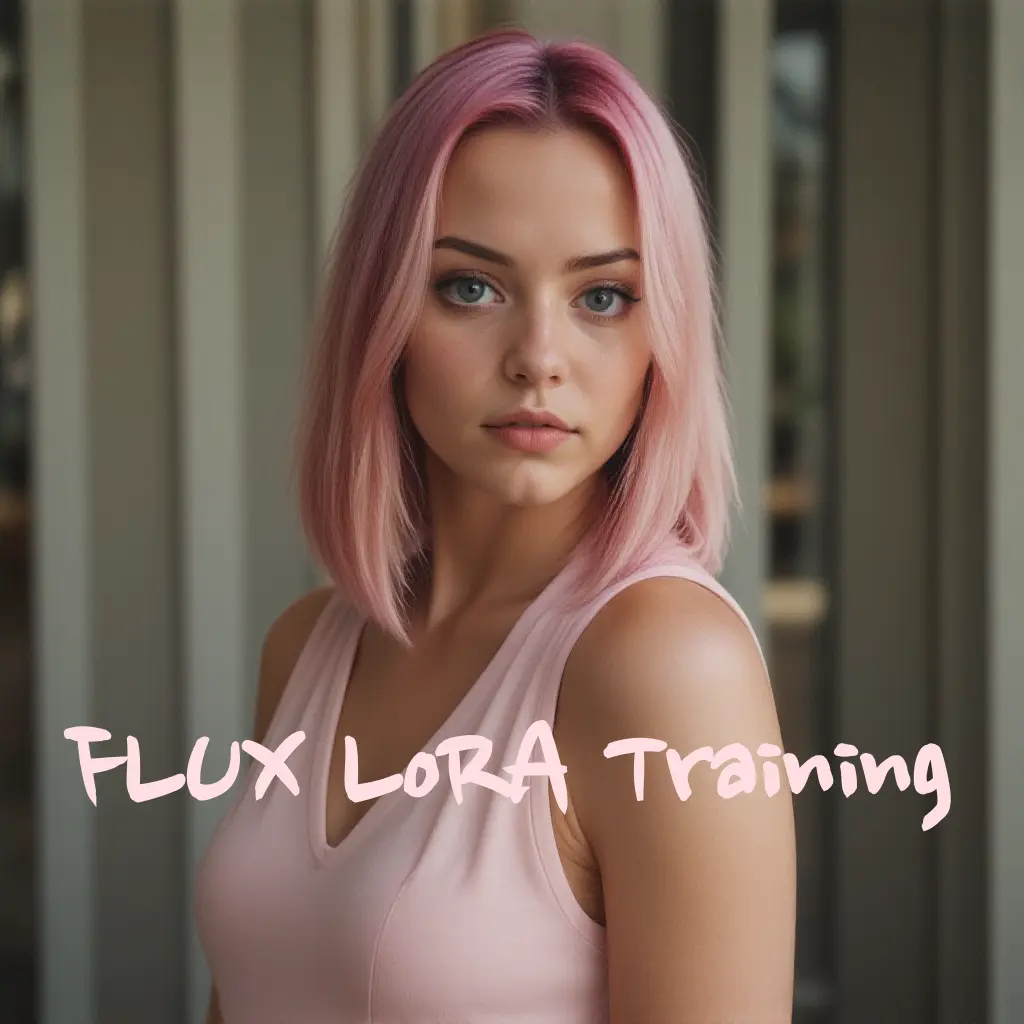ComfyUI Node: Image To Mask
Image To Mask
CategoryMasquerade Nodes
BadCafeCode (Account age: 715days) Extension
Masquerade Nodes Latest Updated
2024-06-19 Github Stars
0.4K
How to Install Masquerade Nodes
Install this extension via the ComfyUI Manager by searching for Masquerade Nodes- 1. Click the Manager button in the main menu
- 2. Select Custom Nodes Manager button
- 3. Enter Masquerade Nodes in the search bar
Visit ComfyUI Online for ready-to-use ComfyUI environment
- Free trial available
- 16GB VRAM to 80GB VRAM GPU machines
- 400+ preloaded models/nodes
- Freedom to upload custom models/nodes
- 200+ ready-to-run workflows
- 100% private workspace with up to 200GB storage
- Dedicated Support
Image To Mask Description
Converts images to masks for isolating specific areas, aiding AI artists in targeted image processing.
Image To Mask:
The Image To Mask node is designed to convert an image into a mask, which is a binary representation highlighting specific areas of interest within the image. This node is particularly useful for AI artists who need to isolate certain parts of an image for further processing or manipulation. By converting an image to a mask, you can easily apply effects, transformations, or other operations to selected regions without affecting the entire image. The node offers two methods for conversion: intensity and alpha, allowing flexibility depending on the type of image and the desired outcome.
Image To Mask Input Parameters:
image
This parameter accepts the input image that you want to convert into a mask. The image should be in a format that the node can process, typically a tensor representation of the image. The image can be in RGB or RGBA format, and the node will handle the conversion based on the selected method.
method
This parameter determines the method used to convert the image into a mask. It offers two options: "intensity" and "alpha". The "intensity" method converts the image based on the intensity of its pixels, which is useful for grayscale or RGB images. The "alpha" method uses the alpha channel of the image to create the mask, which is ideal for images with transparency. The default value is "intensity".
Image To Mask Output Parameters:
MASK
The output of this node is a mask, which is a binary image where the areas of interest are highlighted. The mask can be used in subsequent nodes for various operations such as blending, cutting, or applying effects. The mask is typically a single-channel image where pixel values indicate the presence or absence of the feature of interest.
Image To Mask Usage Tips:
- Use the "intensity" method for images without an alpha channel to create masks based on pixel brightness.
- Use the "alpha" method for images with transparency to create masks that correspond to the transparent areas.
- Combine this node with other nodes like "Mix Images By Mask" or "Cut By Mask" to perform complex image manipulations.
Image To Mask Common Errors and Solutions:
Invalid image format
- Explanation: The input image is not in a supported format.
- Solution: Ensure the image is in a tensor format and either RGB or RGBA.
Method not recognized
- Explanation: The method parameter is set to an unsupported value.
- Solution: Set the method parameter to either "intensity" or "alpha".
Image dimensions mismatch
- Explanation: The input image dimensions do not match the expected format.
- Solution: Verify that the input image has the correct dimensions and channels before passing it to the node.
Image To Mask Related Nodes
RunComfy is the premier ComfyUI platform, offering ComfyUI online environment and services, along with ComfyUI workflows featuring stunning visuals. RunComfy also provides AI Models, enabling artists to harness the latest AI tools to create incredible art.


